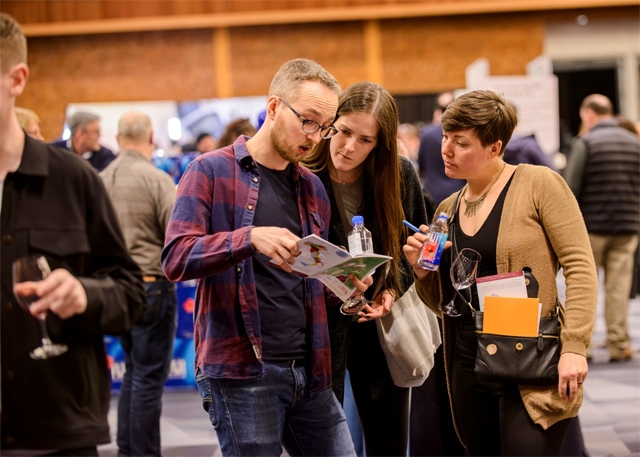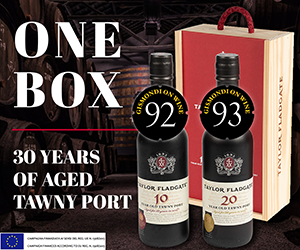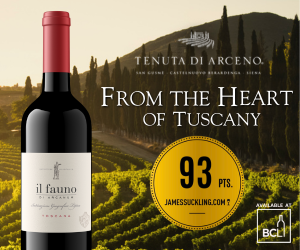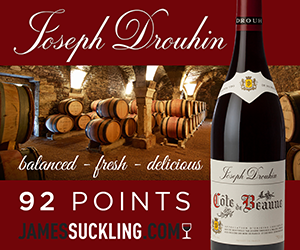There is much concern nowadays about what sells wine, especially to young consumers.
What happens if we reverse the lens and ask not what sells wine but what wine sells? What changes if our first question is not how to sell BC wine, but what does BC wine sell?
This essay is not about marketing. It is, rather, about probing habitual questions from fresh angles. I seek to broaden our focus from sales figures to the emotional resonances that may not be visible on spreadsheets but shape the long-term pathways of wine regions. Especially in this time of crisis, we need to zoom out from product reviews to bigger questions about why wine matters.
The piece draws on my twenty-year experience teaching regional foods and wines in my Europe-focused courses at UBC, studying policy for as long, and observing the BC wine scene for the last several years. My accent is not on winemaking but on place-making: not the content of the glass but the context in which that glass acquires meaning.
Wine sells place. It sells the uniqueness, complexity, and feel of place. Wine regions, in turn, sell the wine and the place from where it comes: their narrative arc connects the product to the place. British Columbia also needs a communication strategy that distills the branding efforts of individual wineries into a collective message about the ineluctable link between wine and place.
What is complexity worth, and for whom?
To complicate the familiar story, it is useful to start with that story. It goes something like this: The problem with wine is that it is too complicated. It needs to be made approachable, easy, and fun. It needs to be demystified. Especially so in new wine regions like British Columbia. The evidence is in the numbers, which speak for themselves. Wine consumption has declined per person, especially among younger consumers.
The flaw is not only about the substance, the story continues: it is also about the people. The wine scene is populated by wine geeks who are out of sync with the desires of normal people, especially young people. Wine geeks want complexity and distinctiveness, whereas normal people want easygoing drinks that need no effort and ask no questions.
When applied to British Columbia, the story accents the province’s newcomer status in the world of wine. British Columbia does not yet have an international market, it reminds us, the way established regions do. The narratives of history and place that are integral to Europe’s wine sales are of limited use here. Complexity has its niche, but it cannot be a core strategy of BC wine regions.
I concentrate the story to reveal its underlying assumptions. Those assumptions are not wrong, but they are constraining. In particular, they create a pressure to frame wines as ‘approachable’—a label which authority relies on the unspoken and unexamined assumption that wine is ‘unapproachable’. On the flip side, they enable equally one-sided narratives of ‘luxury’ in its various guises. Too often, the consumer is told what BC wine is not—inaccessible or humble—but not what it is. Many wineries stress place in their individual storytelling, but these efforts are not supported by collective narratives of place in BC wine.
A positive response to the received wisdom would begin with something other than the statistical abstraction of the average consumer. It would not as much invalidate as enrich the existing storylines of BC wine. One possible response could begin like this: Every place is complex, for every place has an inimitable character and feel. The history of BC wine regions is as rich and complex as of any other place; it is only the narration of place through food and wine that is relatively recent here.
Numbers as such do not speak or explain: the explanation is crafted from numbers through interpretation and narration. Analysis can begin with surveys but should not end there, for analysis is a broad-spectrum affair that requires imagination as well as information. The same surveys that frame wine as ‘too difficult’ also reveal that wine is associated with relaxation, exploration, celebration, and connection.
The focus on the average consumer leaves at least one kind of person unnoticed: the person who may know little about wine but is curious about the world. The person who is over-educated and underpaid. Like many people on UBC campus, in British Columbia, and beyond. Wine resonates with their curiosity about the complexity of nature, culture, place, emotion. For such a person, complex is not the same as complicated: complex is lively, evocative, suggestive.
The difference between the geeky and the normal is one of degree, not of kind. In my classes, there are no ‘normals’: there are young adults with varied perspectives, interests, and desires. Some of them enter the class with no interest in wine and exit the same way, others enter with some interest and exit with more interest, and yet others enter with curiosity and exit with interest as well as curiosity. For the latter groups, wine entices because it is complex, it takes time, it requires and rewards attention and sensitivity. This is the group for whom Karen MacNeil wrote The Wine Bible. The reader she had in mind was not a ‘dummy’, MacNeil says: the reader was a curious person who wanted her intelligence fed, not patronized. The search for ‘the consumer’ or ‘the young consumer’ unimagines the person whose curiosity a new wine region needs.
To pin market shifts on wine producers misses key structural conditions, such as rising inequality and the erosion of the middle class. To many of my students, reaching for a drink other than wine is about cost rather than interest. Much beyond the college years, it is economic precarity that limits wine explorations: short employment contracts do not support long-term interests. A vibrant middle class sustains a vibrant wine culture, and this takes more than marketing to cultivate.
For curiosity
This is a ‘both/and’ rather than ‘either/or’ argument: my effort is not to contest but to broaden the conventional frame of analysis. Others have traversed similar paths, though usually accenting wine rather than place, individual stories rather than collective narratives, and places outside British Columbia. As the legendary American wine importer Becky Wasserman noted, the central difficulty with selling wine is that people bring contradictory desires to it. They want wine to be predictable, but then they don’t really want wine to be all that predictable. Even when people want their wines and places simple, they also want them complex: they want to be pleased, but they also want to be surprised, even astonished.
The stories of BC wine regions are being crafted now, whether by deliberation or by habit. The choice is not about whether to create collective stories for BC wine; the choice is about what kinds of stories to create. The key choices to be made about these stories are not about the specifics of product marketing but about the underlying collective narratives that take the wine-drinker from the product to the place.
What is my response to my own opening move, then? What changes if our focus shifts from selling wine to creating emotional resonances between wine and place? What shifts is this: our lens on BC wine becomes more wide-angled and contextual. The questions that then come into view are not only those that can be posed to wine producers, but also those that engage planning, policy, and storytelling professionals. We can then better value complexity and place as essential aspects of BC wine.
Note: The points by Karen MacNeil and Becky Wasserman come from their respective interviews to Levi Dalton for his podcast I’ll Drink to That! Wine Talk: https://illdrinktothatpod.com/

 quicksearch
quicksearch






